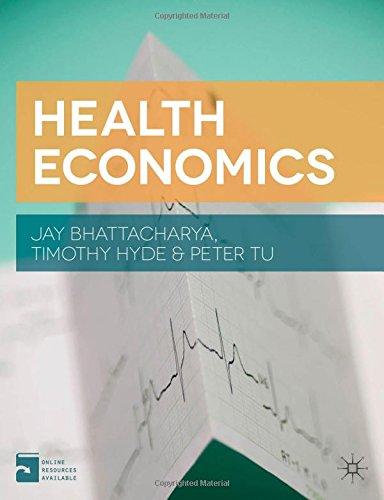Consider Table 10.1, which has data on insurance status and medical expenditures for different types of professors
Question:
Consider Table 10.1, which has data on insurance status and medical expenditures for different types of professors at Adverse Selection University (ASU). In 2014, every employee of ASU was offered a full insurance contract at no premium. In 2015, ASU charged any employee who wanted to keep health insurance a $4,000 premium.
As a result, all history professors dropped their coverage in 2015. Assume that the underlying health of ASU professors did not change much from year to year.
a Is there evidence of moral hazard in this market? How do you know?
b Is there evidence of adverse selection in this market? How do you know?
c Explain how moral hazard and adverse selection combine to create a positive riskcoverage correlation in this market.
d Could the data exhibit a positive risk-coverage correlation if one of these elements were absent? How does this complicate researchers’ efforts to find evidence of adverse selection?
Step by Step Answer:







